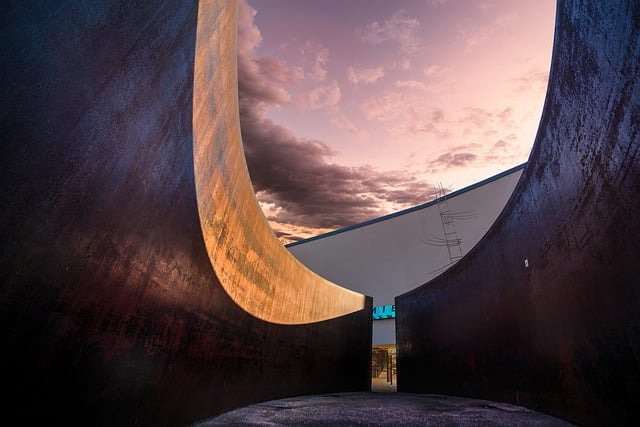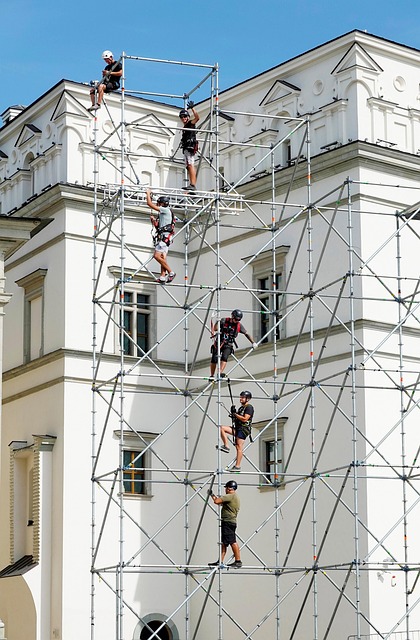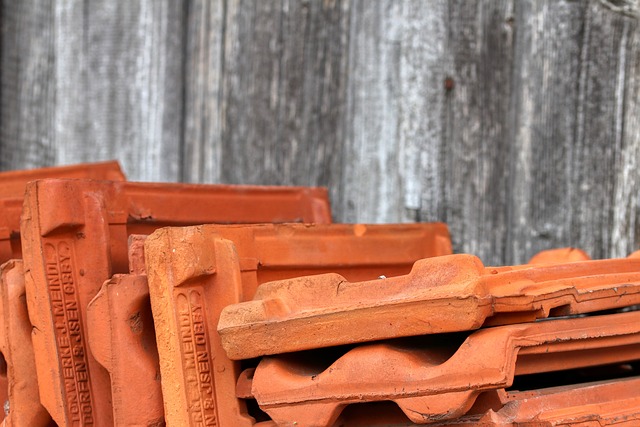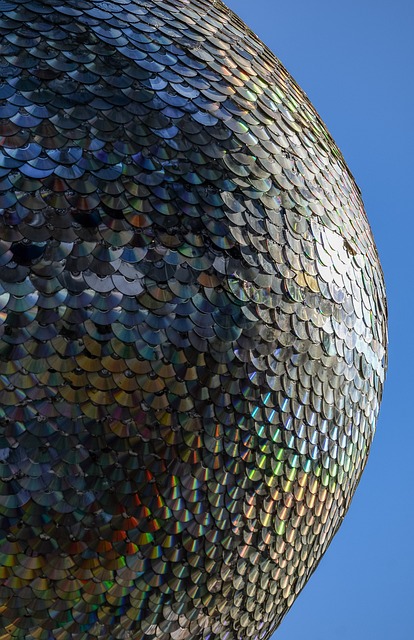Metal roofing installation offers significant advantages, including durability, low maintenance, and aesthetic appeal with materials like aluminium, steel, copper, and zinc. A thorough roof assessment is crucial before installation to identify structural soundness, slope, and drainage issues. Skilled installers follow meticulous steps, using specialized tools and techniques for proper sealing, flashing, and fastening to ensure long-term protection against varying weather conditions. Common mistakes include poor alignment and inadequate fastening, which can lead to leaks and damage; regular maintenance, including cleaning and inspections, is vital for preserving the roof's value.
“Elevate your home’s durability and aesthetics with expert metal roof installation—a smart, long-lasting investment. This comprehensive guide navigates the world of metal roofing, from understanding its diverse materials and benefits to mastering preparation, installation, and sealing techniques. Learn the steps involved in a professional job, avoid common mistakes, and discover maintenance tips for your new, vibrant, and durable metal roof. Optimize your space with this reliable, low-maintenance solution.”
Understanding Metal Roofing: Materials and Benefits

Metal roofing has gained immense popularity in the realm of residential and commercial construction, primarily due to its durability and low maintenance requirements. When considering a metal roof installation, understanding the diverse materials available is key. These include aluminium, steel, copper, and zinc, each offering unique properties. Aluminium is lightweight and resistant to corrosion, making it ideal for areas prone to harsh weather conditions. Steel roofs are known for their strength and longevity, while copper adds a touch of elegance and natural beauty, with excellent resistance to weathering.
The benefits of metal roofing are numerous. Firstly, it offers superior durability, often outlasting traditional roofing materials by several decades. This extended lifespan translates to reduced maintenance costs and less frequent replacements. Metal roofs also provide exceptional protection against fire, thanks to their non-combustible nature, making them a safe choice for any property. Additionally, these roofs are highly energy-efficient, reflecting sunlight and reducing the need for air conditioning, which can lead to significant savings on utility bills.
Preparation for Installation: Assessing Your Roof

Before embarking on any metal roofing installation, a thorough assessment of your roof is paramount. This initial step involves meticulously inspecting the current state of your rooftop, taking into account factors such as age, structure, and existing materials. It’s crucial to identify potential challenges or weaknesses that might impact the installation process and long-term performance of the new metal roof.
During this preparation phase, professionals will also evaluate the slope and drainage capabilities of your roof, ensuring it meets the requirements for safe and effective metal roofing. This assessment guarantees a solid foundation for the upcoming installation, aligning with best practices in metal roofing to ensure durability and aesthetic appeal.
Expert Installation Steps: From Start to Finish

Expert metal roof installation is a meticulous process that demands precision and expertise from start to finish. The journey begins with an in-depth assessment of the property, taking into account factors like structural integrity and local climate conditions. Professionals then select the most suitable metal roofing material, considering durability, aesthetics, and long-term performance.
The installation itself involves a series of precise steps. This includes preparing the roof deck, installing underlayment for added protection, and carefully placing the metal panels or shingles. Craftspersons use specialized tools and techniques to ensure each component is securely fastened, creating a durable and weatherproof barrier. Regular inspections throughout the process guarantee quality control, addressing any issues promptly.
Ensuring Proper Sealing and Flashing Techniques

In the realm of metal roofing installation, ensuring proper sealing and flashing techniques is paramount. These practices are crucial for upholding the integrity of your roof against potential leaks, especially in varying weather conditions. Skilled installers employ advanced methods to seal joints and edges meticulously, utilizing high-quality materials designed for durability. This involves carefully applying sealant compounds around fixtures like chimneys and vents, as well as flashings—thin metal pieces—to cover gaps between the roof and other structural elements.
Proper flashing installation acts as a vital barrier against moisture intrusion, preventing water from seeping into vulnerable areas of your home or building. By integrating these techniques seamlessly, expert installers guarantee that your metal roof not only enhances aesthetics but also provides long-lasting protection against the elements. This commitment to detail ensures the longevity and reliability of the metal roofing system, reinforcing its reputation as a superior choice in modern construction.
Tools and Equipment Required for a Professional Job

When it comes to expert metal roof installation, the right tools and equipment are paramount for a professional and high-quality job. For metal roofing installation, professionals rely on a range of specialized gear designed to handle the unique challenges of this material. This includes heavy-duty shears for cutting sheets to size, as well as tin snips for more precise cuts around obstacles like vents or chimneys. Rigid tape measures and laser levels ensure accurate measurements and installations that fit perfectly.
Additionally, metal roofing specialists need tools for fastening the panels, such as nail guns and specialized fasteners tailored for metal roofs. Safety is also a key consideration, with workers donning protective gear including gloves, eye protection, and hard hats. A well-equipped roofer can efficiently navigate the installation process, ensuring a durable and aesthetically pleasing metal roof that stands the test of time.
Common Mistakes to Avoid During Installation

During metal roofing installation, avoid common mistakes that can lead to costly repairs and reduced durability later on. One of the biggest blunders is poor alignment, which results in water penetration and damage over time. Every panel should be meticulously fitted, ensuring seamless joints and no gaps—a crucial step often overlooked by amateurs.
Another error is inadequate fastening. Metal roofs demand strong bonds to withstand harsh weather conditions. Using the wrong fasteners or not securing them properly can cause panels to loosen, leading to potential leaks and structural issues. Always follow manufacturer guidelines on nail spacing and use high-quality bolts for a durable metal roofing installation.
Maintenance Tips for Long-Lasting Metal Roofing

Maintaining a metal roof is an essential part of ensuring its longevity and preserving your investment in expert metal roofing installation. Regular cleaning and inspection are key to preventing damage and keeping your roof in top condition. Start by sweeping or brushing away any leaves, debris, or dirt that may accumulate on the surface, as these can obstruct drainage systems and lead to water damage. Use a soft brush or vacuum attachment to avoid scratching the metal.
Apply a suitable cleaning solution mixed with water to remove stubborn stains or algae growth. There are specific metal roof cleaners available in the market designed for different types of metals, such as aluminium or steel. After cleaning, inspect your roof for any signs of wear, corrosion, or damage. Addressing issues promptly will prevent them from escalating and causing more extensive repairs.
